
UDK: 591.483:591.476
M.A. Zatolokina1, V.S. Polskoy2, K.M. Borodina2, E.S. Zatolokina1
ФГБОУ ВО «Курский государственный медицинский университет» Министерства здравоохранения Российской Федерации, 1кафедра гистологии, эмбриологии, цитологии; 2кафедра анатомии человека
The connective tissue membranes of the peripheral nerves, which are their highly differentiated stroma, play an important role in ensuring the normal functioning of the conductor apparatus, and therefore, obtaining new data on the features of their blood supply and innervation is very relevant at the present stage of development of neuromorphology. In order to study the organization of the vascular bed «paraneuria» of nerve trunks, the study was performed on the peripheral nerves of the brachial plexus in the region of the middle third of the shoulder of laboratory animals (rats). As a result of the study, it was found that in the general organization of the vascular bed there is a predominance of complex three-dimensional arterio-venular complexes over modular planar vascular networks. In conjunction with continuity, the multi-stage formation of the «paraneuria» vascular bed forms the morphological substrate of the constancy and controllability of hemodynamics.
peripheral nerves, paraneuria, epineuria, paraneural connective tissue structures, bloodstream.
Затолокина Мария Алексеевна – д. м. н., доцент, профессор кафедры гистологии, эмбриологии, цитологии, Курский государственный медицинский университет, e-mail: marika1212@mail.ru